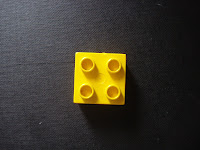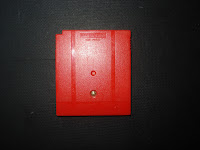| Contrast of HueContrast of Hue occurs when a hue or color is separated and outlined by black or white lines. White lines weakens the 'strength' and appearance of the color. Furthermore, the colors around the white lines wold seem darker. A black line strengthens the appearance of the color. Also, the colors around the black lines would seem lighter. Light Dark ContrastLight dark contrast is contrast between light values and dark values. Cold-Warm ContrastCold-warm contrast refers to the contrast between cool and warm colors. Cools colors consist of blue, green and purple. Warm colors consist of red, orange and yellow. Complimentary ContrastComplimentary Contrast refers to the contrast between complimentary (opposite) colors. Complimentary colors are those that are directly opposite to each other on the color wheel. Simultaneous ContrastIt is the contrast between two colors that are almost complimentary, but not exactly. It is contrast between a color and another color that is to the right of left of its compliment. Satisfaction to the eye requires harmonic balance of the colors. If the colors of something you're looking at were not balanced, the eye would tinge colorless, gray, or pure colors with the compliment of the colors next to it. Therefore, the reality of the color is effect by it's surrounding color, and would appear that is has shifted towards it's surrounding color's compliment. In other words, a color would look different than what it really is. This effect gives a feeling of excitement and lively vibration of colors of changing intensities. Contrast of SaturationThe term refers to the contrast between pure intense colors and dull diluted or grayed colors. Dull colors would appear to be duller when it is placed next to pure intense colors, and pure intense colors would appear move vivid when it is next to a dull color. Contrast of ExtensionDifferent amounts of one color are needed to blance another. The contrast of extension is used to refer to contrast between the proportion of one area of color to another. |
Contrast of Hue
Cold/Warm ContrastComplimentary Contrast
Contrast of Extension
Contrast of Saturationdull yellow appears duller in contrast to the bright yellow object
PANTONE: DE5-2C
Contrast of Hue
Cold/Warm Contrast
Simultaneous ContrastComplimentary Contrast
contrast of saturation:
PANTONE:DE 77-1C














No comments:
Post a Comment